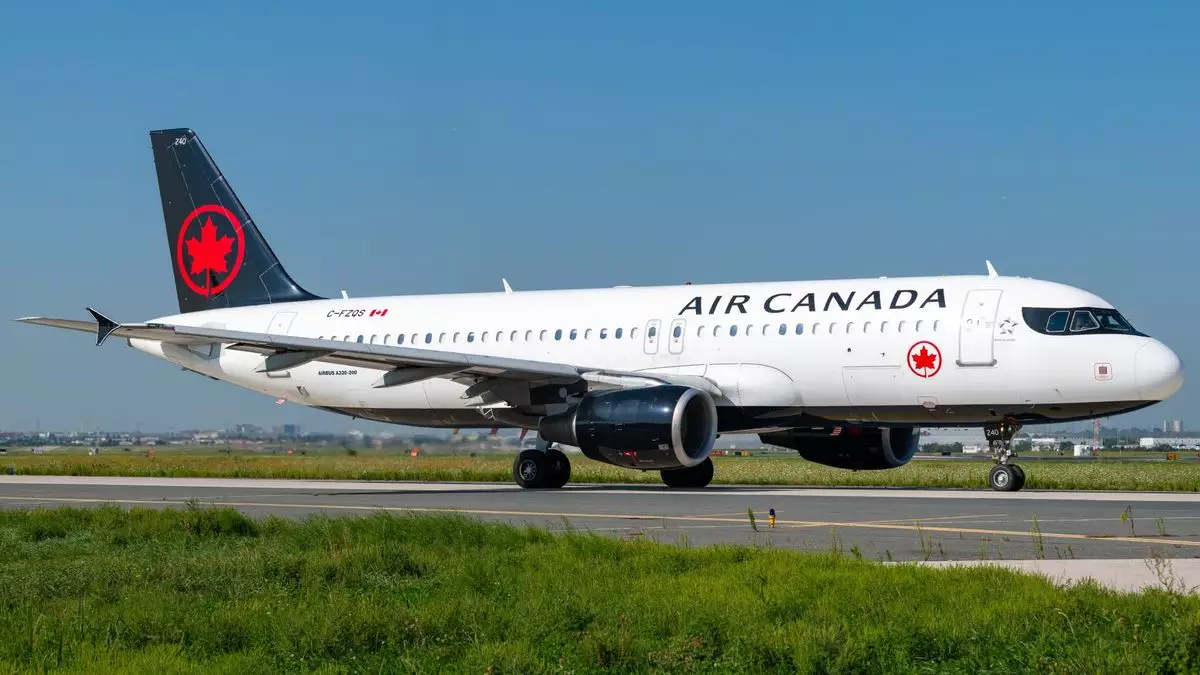In a significant turn of events, Air Canada has reached a tentative labor agreement with the Air Line Pilots Association, averting a potential crisis for Canada’s largest airline. This breakthrough, heralded as a four-year collective agreement, underscores the essential role pilots play in the operations of Air Canada and its subsidiary, Air Canada Rouge. The announcement, made early Sunday, marks the culmination of extensive negotiations aimed at aligning pilot compensation and working conditions with their contributions to the airline’s success.
With the details of the agreement remaining confidential until ratification, the union has expressed optimism that it will provide substantial financial benefits for the pilots. Expected to generate an estimated $1.9 billion over the agreement’s duration, this deal is poised to redefine the landscape of pilot compensation in Canada, especially in the context of rising operational demands on airlines.
The road to this agreement has been far from straightforward. Over the course of a year, Air Canada and its pilots’ union engaged in vigorous negotiations amidst rising pressures from both parties. Pilots have felt the pinch of below-market compensation against the backdrop of Air Canada’s record profits. For a period, there existed the looming threat of a strike or lockout, with a notice triggering a three-day wind-down plan that could potentially lead to a full work stoppage. This led to heightened speculation regarding the airline’s operational stability and the impact on passengers.
Union leaders, including Charlene Hudy, chair of the Air Canada Master Executive Council, emphasized that the persistence and unity among the pilots were crucial in achieving this deal. The negotiations were intensive, with a focus on essential areas including compensation, retirement benefits, and work rules. The nuances of the labor dynamic in the airline industry were brought to the forefront, illustrating how critical thorough engagement and dialogue can be in resolving disputes.
The labor agreement received positive recognition from various stakeholders, including Canada’s Minister of Labor, Steven MacKinnon. His remarks underscored the significance of negotiated agreements as the preferred pathway in labor relations, highlighting the collective efforts of both the company and the union in avoiding disruptions for the Canadian public.
Prior to the agreement, there were concerns voiced by business leaders about the need for federal intervention. Many argued that the government should take proactive steps, including binding arbitration, to preclude potential economic fallout from a strike. These sentiments echoed throughout the business community, illustrating the high stakes involved in the negotiations.
Conversely, political figures such as NDP Leader Jagmeet Singh firmly opposed any measures that would force pilots back to work, reflecting the varying perspectives within Canada’s labor landscape concerning workers’ rights and corporate responsibilities. The political discourse surrounding the agreement has brought to light the broader implications of labor disputes for economic stability.
Looking ahead, the completion of the ratification process will be pivotal for Air Canada. The airline must now navigate the new landscape shaped by this agreement, focusing on employee satisfaction while fostering operational growth. With the aviation industry continually evolving, Air Canada faces the dual challenge of meeting competitive wage demands while ensuring financial stability.
For pilots, this agreement not only represents a significant financial uplift but also an opportunity to enhance their working conditions and job security amidst an ever-changing industry. The pilots’ push for wages reflective of their U.S. counterparts underscores ongoing trends in labor negotiations across North America.
The newly minted agreement between Air Canada and its pilots serves as a crucial indicator of how cooperative negotiations can lead to mutually beneficial outcomes. As the airline industry faces continuous changes and challenges, maintaining open lines of communication between organizations and their workforce will be essential in building a fair and sustainable future for all stakeholders involved.


Napsat komentář